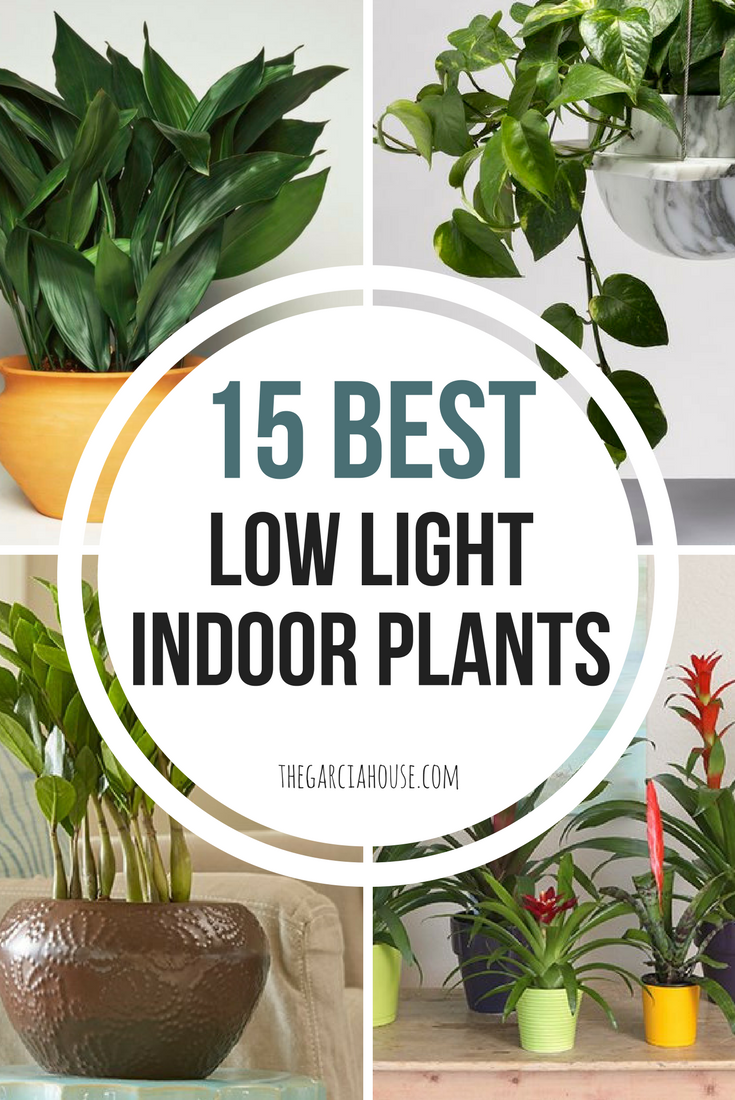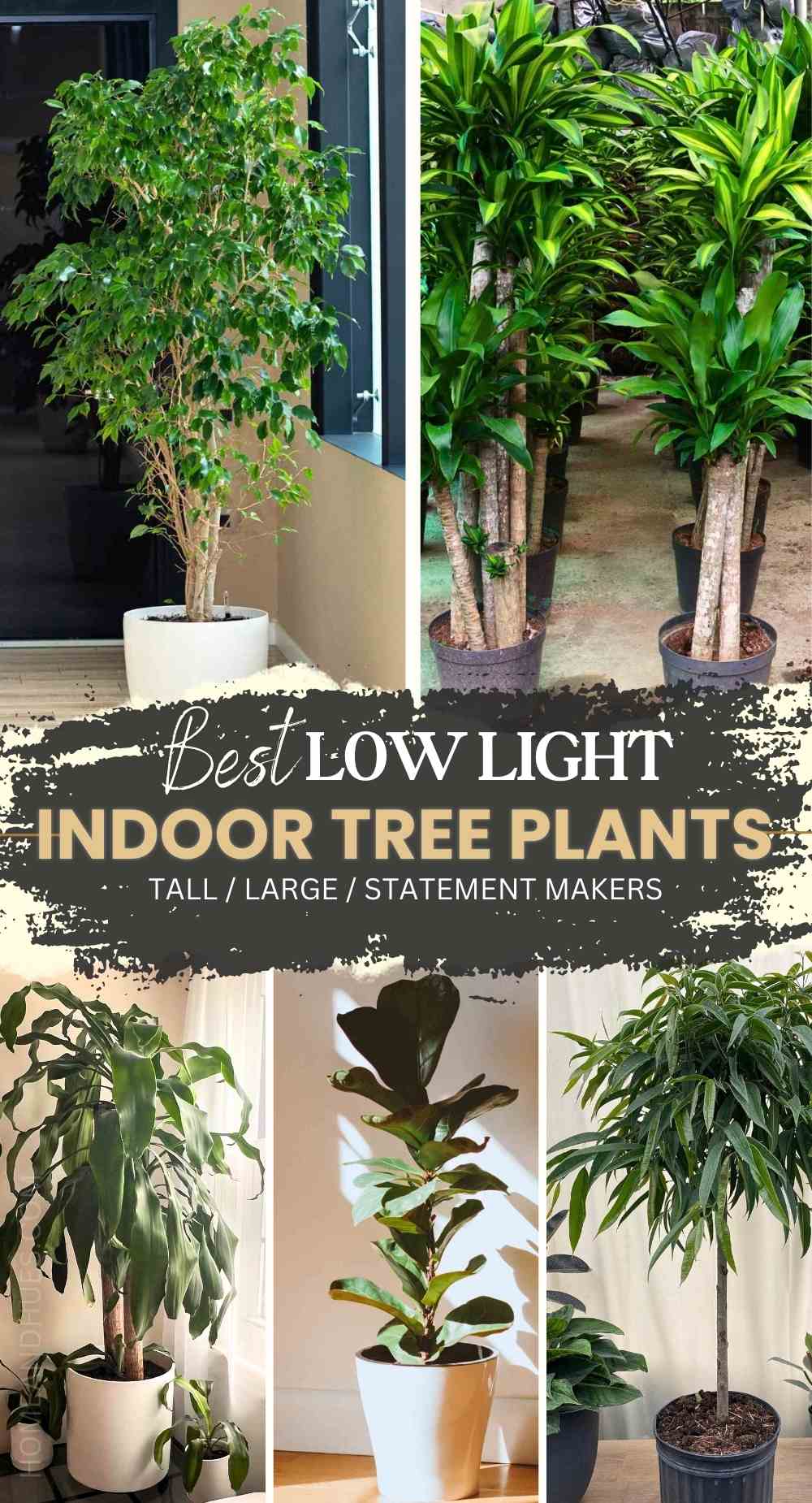Best Low-Light Indoor Plants That Thrive with Minimal Sunlight
Best Low-Light Indoor Plants That Thrive with Minimal Sunlight
Blog Article
Explore the One-of-a-kind Advantages of Low-Light Indoor Plants for Your Living Room
Incorporating low-light interior plants right into your living area provides a wide variety of advantages that expand much past mere visual appeals. These hardy plants not only grow in settings with limited sunlight yet also serve essential features such as air filtration and moisture enhancement.
Air Filtration Advantages
Low-light interior plants not only boost the aesthetic charm of living spaces but also play a significant role in air purification. Study has demonstrated that specific plant types can efficiently remove typical interior toxins, consisting of formaldehyde, trichloroethylene, and benzene. These compounds typically originate from house products such as furniture, cleansing products, and structure products, adding to indoor air quality concerns.
Plants such as the serpent plant, pothos, and peace lily are especially proficient at filtering system hazardous materials from the air while prospering in low-light conditions. The process of phytoremediation, wherein plants take in and metabolize toxins, allows these varieties to add significantly to a healthier interior setting. Furthermore, with photosynthesis, plants release oxygen, better improving air high quality.
Including low-light indoor plants into office or home rooms not only offers visual benefits but additionally functions as a sensible approach for improving air high quality. By choosing the best species, individuals can produce an atmosphere that promotes health and lowers exposure to unsafe pollutants, making these plants an important element in modern indoor living.

Mood Enhancement Effects
Many research studies have actually shown that integrating indoor plants can substantially improve mood and overall mental health. The existence of plant in interior atmospheres has actually been linked to minimized tension levels, increased feelings of peace, and enhanced psychological health and wellness. Low-light indoor plants, particularly, thrive in environments where all-natural light is limited, making them excellent for numerous living rooms.
Research study suggests that connecting with plants can boost the release of serotonin, a neurotransmitter linked with sensations of happiness and health. Additionally, the act of taking care of plants promotes a feeling of duty and achievement, further adding to positive psychological health end results. In addition, low-light plants such as snake plants, pothos, and tranquility lilies have actually been revealed to boost air quality, which is intrinsically connected to state of mind enhancement.
Including these plants right into your office or home can produce a tranquil environment, using a sensory and aesthetic getaway from the pressure of day-to-day live - Best low-light indoor plants. As people invest boosting amounts of time indoors, the mood-enhancing impacts of low-light interior plants end up being even more important, providing not just aesthetic appeal but likewise a profound effect on emotional wellness
Reduced Upkeep Needs
For those looking for to enhance their indoor spaces without a considerable time commitment, low-light indoor plants are a perfect selection as a result check this of their reduced upkeep demands. These durable plants grow in less-than-ideal lighting conditions, making them ideal for offices and homes where all-natural sunshine is limited.

Pest resistance is one more benefit of low-light indoor plants. Several selections are much less susceptible to typical bugs, lowering the demand for continuous monitoring and treatment. Additionally, these plants generally grow a lot more slowly than their high-light equivalents, suggesting much less frequent repotting and trimming are needed.
Aesthetic Appeal and Convenience

Additionally, these plants can be organized in myriad means, whether in groups for a lavish impact or as standalone attributes to attract the eye. The choices of planter styles-- from streamlined ceramic pots to rustic wood containers-- even more improve their visual value, allowing homeowners to share their individual design.
Furthermore, low-light plants can be strategically positioned in areas that may or else feel disregarded, such as edges or dimly lit shelves, therefore optimizing their attractive capacity. Ultimately, the mix of their striking look and flexibility makes low-light interior plants a useful addition to any living space, developing an inviting environment that promotes wellness and leisure.
Enhanced Humidity Degrees
Enhancing indoor moisture levels is one of the substantial benefits of incorporating low-light interior plants into living areas. These plants normally launch moisture vapor with a process called transpiration, which occurs when water absorbed by the origins moves through the plant and vaporizes from the leaves. This process not just boosts Visit Your URL humidity however additionally contributes to a healthier interior environment.
Enhanced moisture levels can alleviate numerous health and wellness issues, such as dry skin, breathing troubles, and allergies. Several people experience discomfort in arid interior problems, particularly during winter season when heating unit remain in usage. By strategically placing low-light plants throughout your home, you can develop from this source a much more balanced moisture level that cultivates overall wellness.
Furthermore, certain low-light indoor plants, like tranquility lilies and crawler plants, are particularly efficient at raising humidity (Best low-light indoor plants). Thus, low-light indoor plants serve both practical and visual functions, promoting a healthier atmosphere.
Final Thought
In recap, low-light interior plants provide various benefits that contribute to a healthier and a lot more inviting living area. Incorporating these resilient plants into indoor settings not just elevates the setting but also promotes general well-being, establishing a tranquil refuge for citizens.
Plants such as the serpent plant, pothos, and tranquility lily are especially adept at filtering system unsafe compounds from the air while thriving in low-light problems. Low-light plants such as snake plants, pothos, and peace lilies have actually been revealed to boost air top quality, which is intrinsically linked to mood enhancement.
Low-light interior plants, such as serpent plants, pothos, and ZZ plants, not only boost the visual landscape of a space however additionally introduce numerous textures and shades of environment-friendly that can match varied interior styles. These plants naturally release dampness vapor via a process known as transpiration, which takes place when water absorbed by the origins moves via the plant and evaporates from the leaves.Additionally, particular low-light indoor plants, like tranquility lilies and spider plants, are especially effective at enhancing moisture.
Report this page